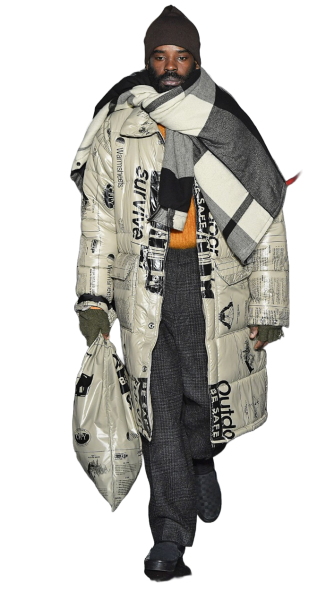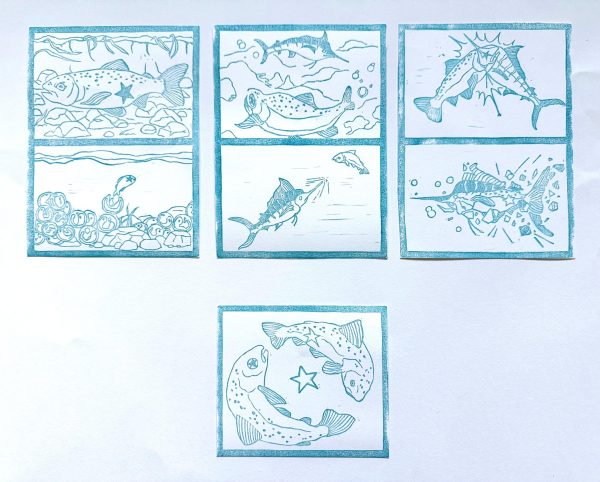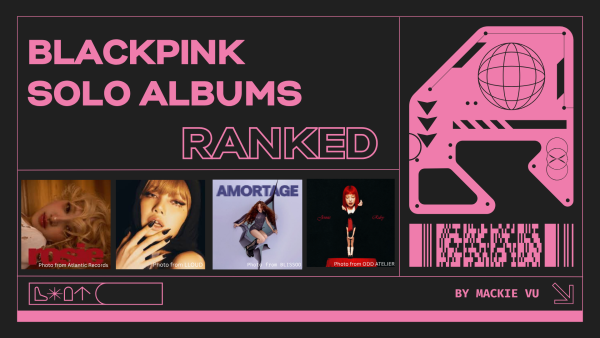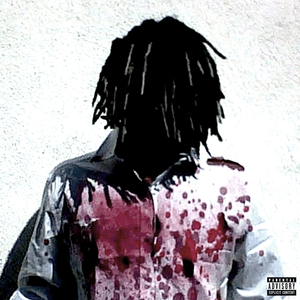‘Firefly Lane’ weaves powerful messages into plot
Filled to the brim with stunning cinematography and sparkling costumes, the new Netflix TV show “Firefly Lane” captivated my attention from the moment I began watching.
At first glance, “Firefly Lane” presents itself as a soapy, sentimental show about two girls and their decadeslong friendship — from their teenage years in the ‘70s, to their early adult years in the ‘80s and their mid-life crises in the 2000s.

Yet, a series of deeper messages embedded in the plot are what kept me glued to the show, episode after episode. While the charming cliches and colorful lighting merely compelled me to hit the “play” button, the coverage of meaningful topics like sexual assault made me stay until the very end.
So, don’t be fooled by its surface, because “Firefly Lane” is much more than a frivolous soap. The reflection it sparks among viewers and the powerful themes weaved effortlessly into the plot craft the show into a worthwhile watch.
When the two main characters, Tallulah “Tully” Hart (Ali Skovbye) and Kate Mularkey (Roan Curtis), are first brought together in the show, they are new neighbors. Searching for connections after moving in with her drug-addicted mother, Tully forms a friendship with Kate.
Not long after they meet, Tully meets an older boy named Pat, who takes her to a party, gets her drunk and sexually assaults her. In the aftermath of the rape, Tully confides in Kate, who immediately offers support and helps her through the ensuing trauma.
Through multiple scenes, “Firefly Lane” captures the struggles of victims before #MeToo and depicts why sexual assault is still such a serious issue in society today.
I still vividly remember Tully’s response when Kate advises her to report the assault. Tully asserts that no one would ever side with her. Tully clings to her belief that everybody will blame her because she is the one who agreed to go to the party, wearing a skirt.
While her statements are heartbreaking, they reveal the awful truth. Even today, victims face an uphill battle when seeking justice, and survivors encounter many difficulties when coming forward.
“Firefly Lane” sheds light on the need for society to address its culture of victim blaming and the importance of creating a system that allows victims to speak out without fearing any repercussions.
Although some time has passed since the first time I watched “Firefly Lane,” these few scenes remain ingrained in my mind. In fact, I still think about them — their depth and the strength in the topic’s portrayal are incredibly impactful.
On the flip side, I was well aware of the judgement surrounding this show when I myself decided to binge-watch it. I knew there was a flurry of criticism regarding the plot holes left strewn throughout the ten episodes, as well as the disorientating jumps from one time period of Kate and Tully’s life to the next.
Admittedly, I recognize these flaws, and I agree that the show isn’t perfect. But, the exceptional coverage of sexual assault, along with other purposeful topics, more than make up for these minor shortcomings.
In addition, the cinematography is remarkable, the colors bring the show to life and the costumes suit each character perfectly.
In the 1970s time period, when Kate and Tully are teens, the scenes are filmed in soft and warm lighting, tinged with a gentle glow to create a nostalgic aura. In the next time period, when Kate and Tully are adults, the colors transform to fit the ’80s and ’90s vibe of the setting — I absolutely loved it.
So, all in all, “Firefly Lane” is a wonderfully crafted show with a series of powerful messages and meaningful themes. Without a doubt, “Firefly Lane” has made it onto my list of favorite Netflix shows, and I strongly recommend watching it.
Macy is a senior, and she is super excited to be one of the Editors-in-Chief! She spends her free time taking sunset pictures, obsessing over Taylor Swift’s...











